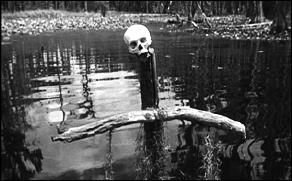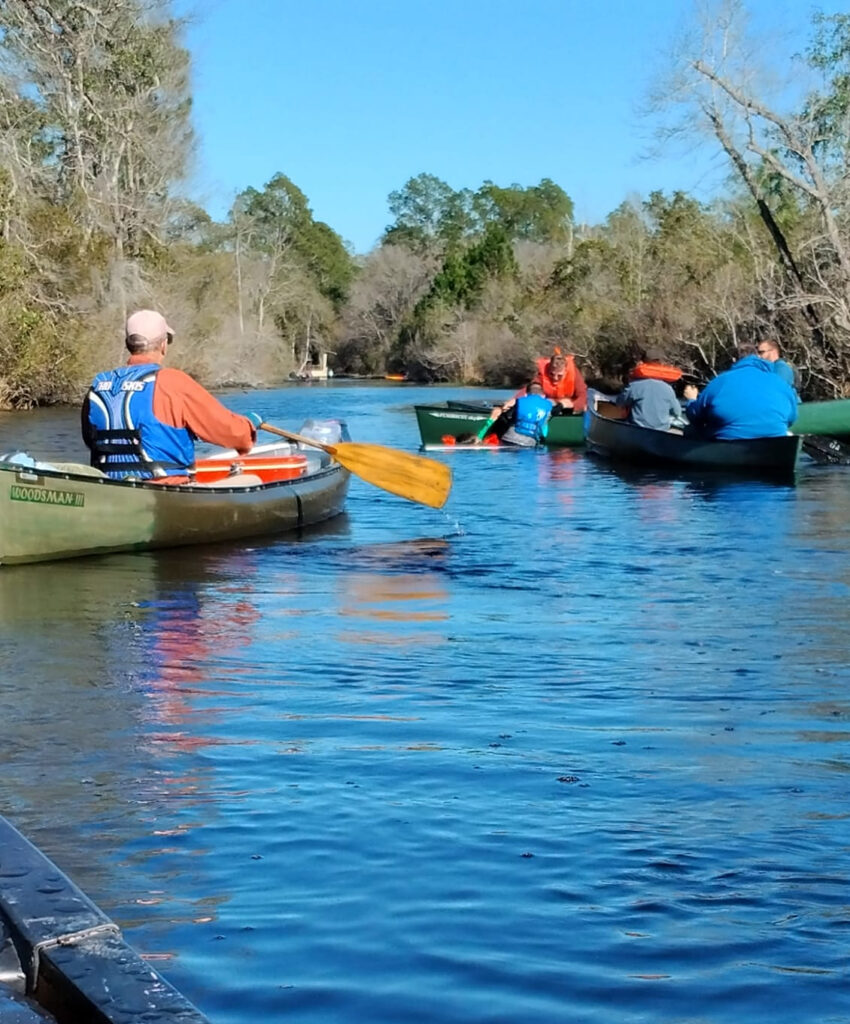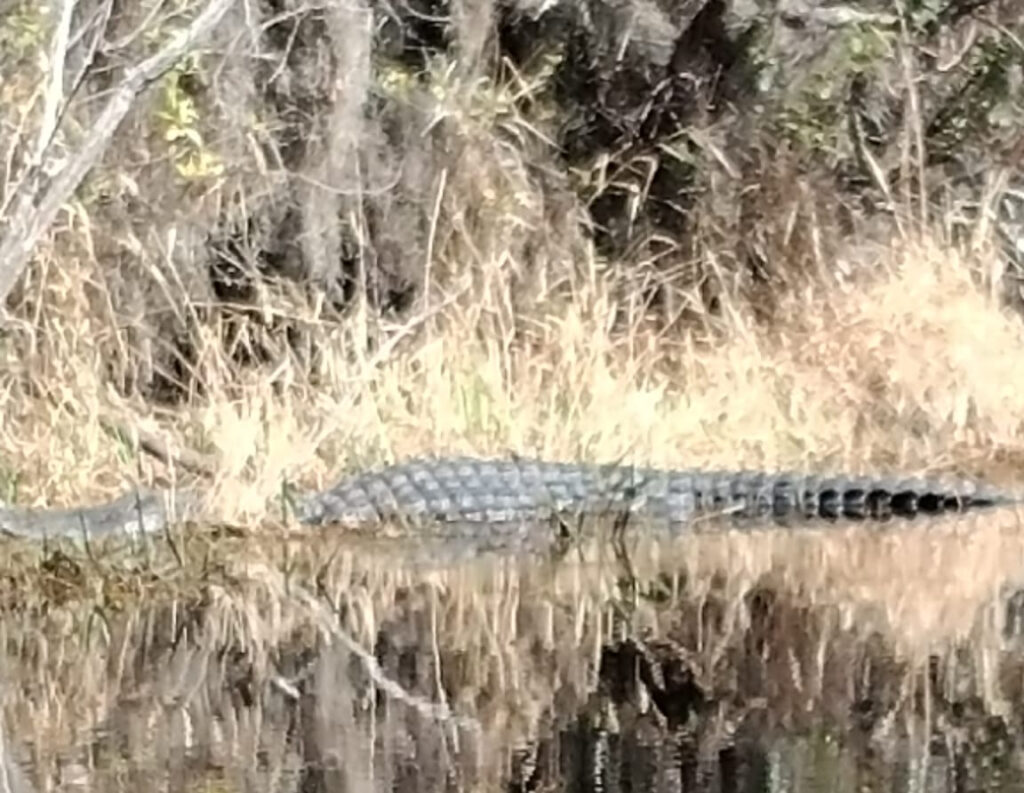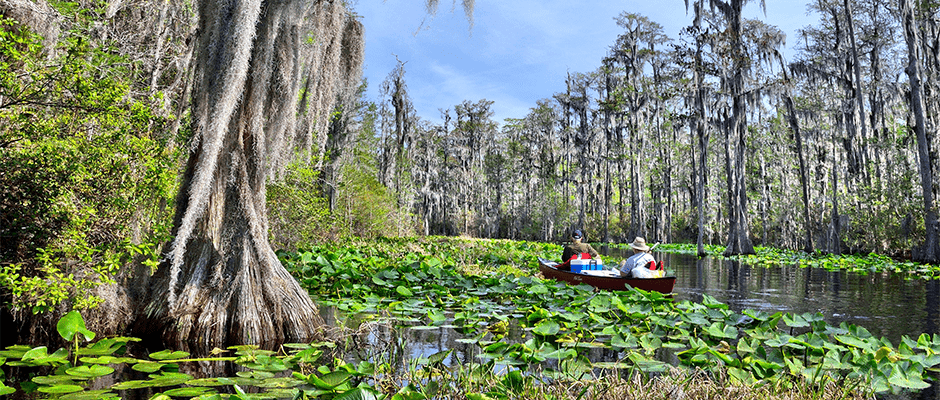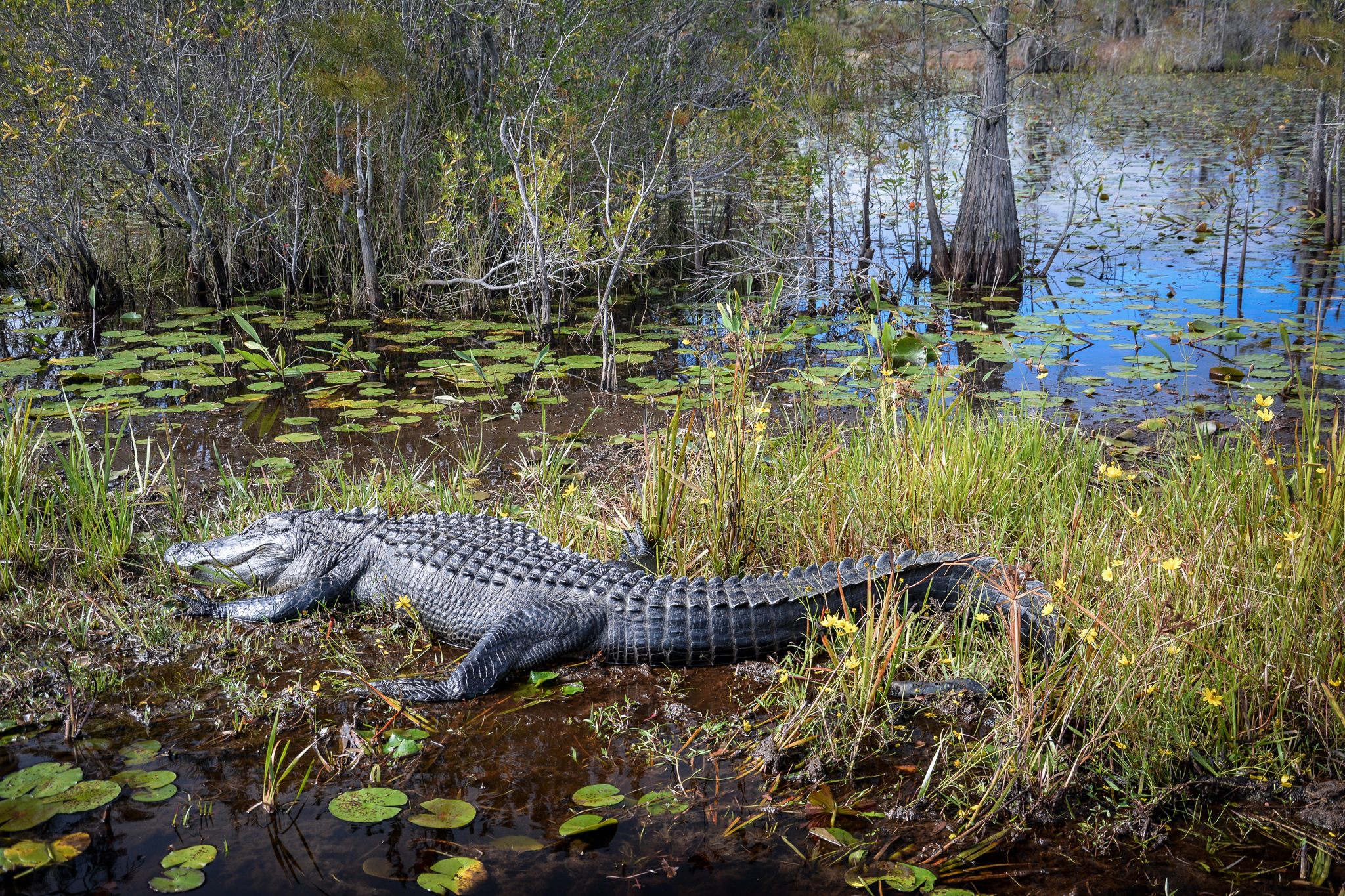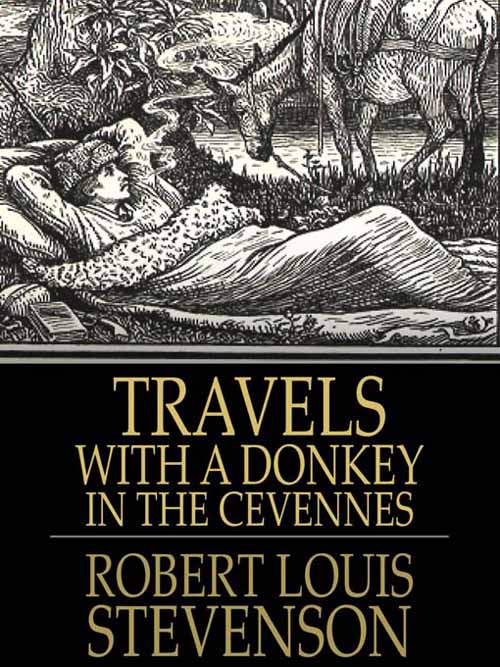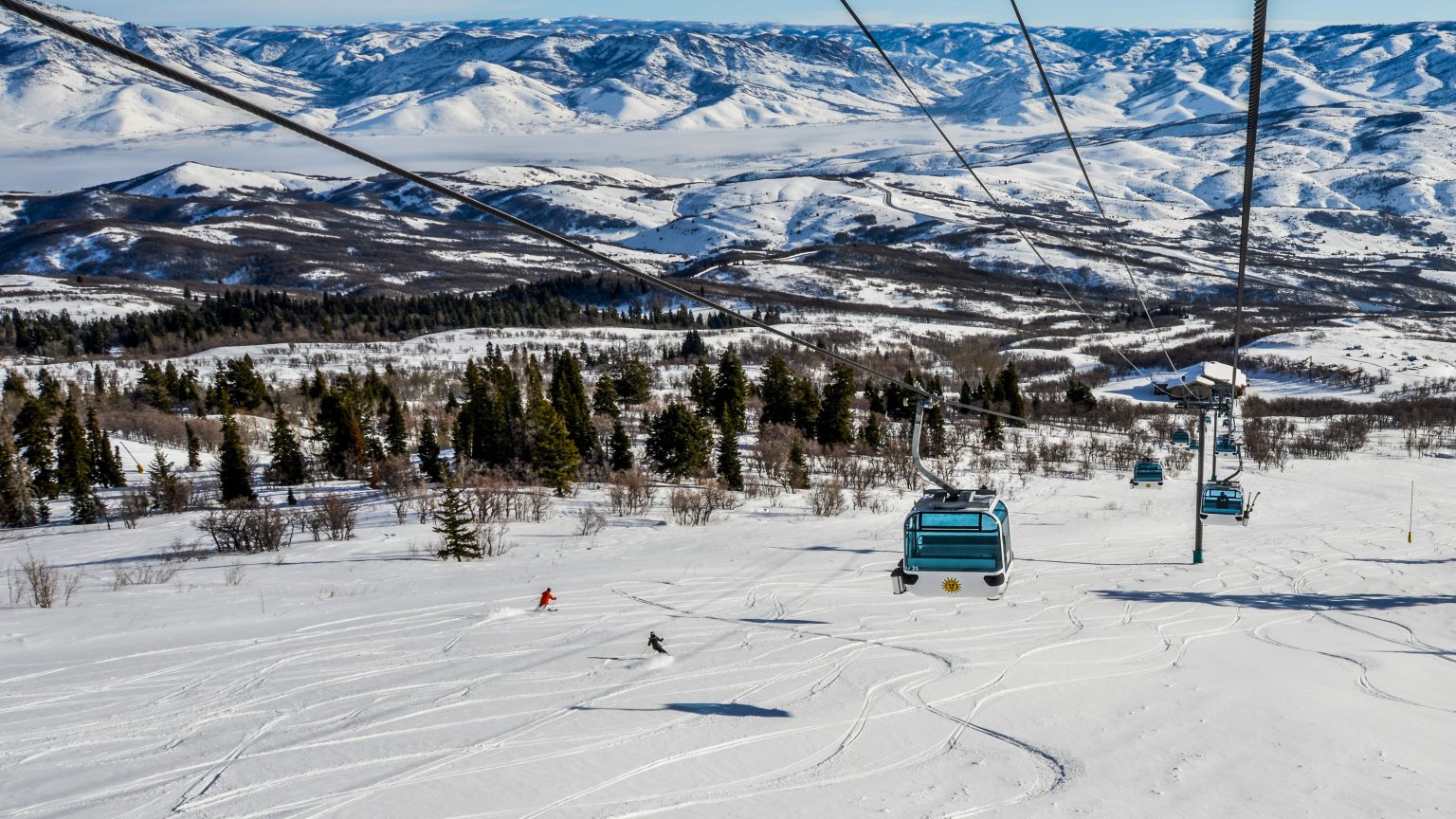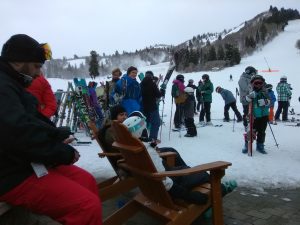* * * *
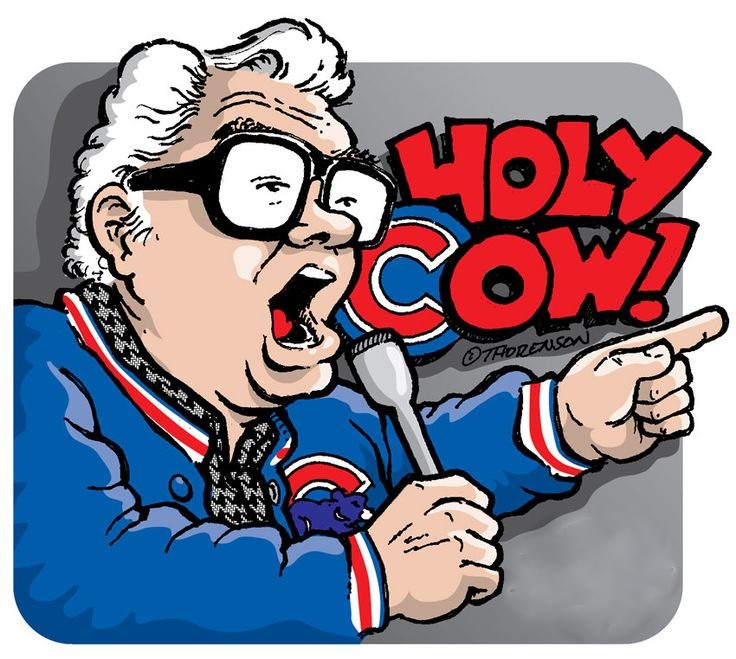
* * * *
January 5, 2025 – So the last time I posted was November 30, 2024? “Holy cow!” (An allusion to the famous “Harry Caray” meme, or at least famous to devout baseball fans.)
But in the time since November 30 I’ve 1) taken a 10-day, 2,000 mile road trip up to Springfield MA (and back), 2) taken six hours of train rides (one long Sunday, 12/15) down to New York City and back, 3) seen the play Chicago at the Ambassador Theater just off Broadway, and 4) gone through a process of preparing for and enduring two family Christmases, one on the day itself and one three days later for the whole extended family. (Including out-of-towners.)
So yeah, I’ve been busy…
But seriously, this post will continue a series I started back in 2018, mostly on what dietary supplements will help me stay good and healthy in old age. (And that was before my December 2021 post, “Will I REALLY live to 120?”) But now it’s time for another update, mostly because my oldest brother – who turns 80 in February – just got diagnosed with prostate cancer. (For which he is now in the middle of radiation treatments.)
That news got my attention because another brother – who died in 2007 – had prostate cancer. My father had it too, but he died in 2012, at the ripe old age of 95. Meaning there is hope, but I’d rather not get to that age – or 120 for that matter – “sans prostate.” The point being that all this led me to do more research on supplements beyond the Boron and Selenium I’ve been taking since 2018. (Selenium in the form of two Brazil nuts daily; they’re a great natural source.) But as turns out, that ketchup I’ve been scarfing liberally for all these years – a version of “nectar of the gods” – has been a big help. (See the Notes for the results of my last PSA test.)
You see, ketchup comes from tomatoes, and tomatoes are a rich source of Lycopene. In turn, Lycopene helps keep prostate cancer at bay, but a lot depends of what tomato product you use. It turns out that the “fresh from the garden” version isn’t all that great, but tomato paste is one of the best sources. Thus my resolve to get two tablespoons of tomato paste each day.
Which solves that problem, but since 2021 I’ve made a troubling new discovery “harmful to health.” Microplastics and Nanoplastics. They’re a big problem even in those teabags I’ve used for years. (As a “healthy” alternative to coffee?) Which led to more assiduous research, by which I found that one of the best ways to get rid of the nasty little beasties is simple: Boil water and run it through a coffee filter. And no more plastic water bottles. I drink from either a glass bottle or a large stainless steel cup. (The latter means I can get my morning iced coffee at RaceTrac, as a refill, for either a dollar less or – many times – for free. “Go on, you’re good!”)
But glass bottles have downsides too, mostly having to do with difficulties in recycling. Aluminum cans are much easier to recycle, so these days I get a nightly beer from a can, chilled in the freezer 30 minutes, then poured into a chilled glass. “Ah, the things I do to keep the environment healthy!” (There are also those Splurge Days when I get a two-draft-beer buzz at whatever sports bar I find myself near, often on road trips like the one up to Springfield.)
So that’s the update for January 2025, but I’m sure I’ll be doing more research in the future. (Since those darn scientists keep finding more and more things that are bad for us.) In the meantime, here’s a look back at some of those other supplements I’ve been taken. First, about that Boron: Men with high boron levels are “65 percent less likely to develop prostate cancer,” but American men on average have one of the lowest boron intakes in the world. Then there are those Brazil nuts: “No other single nutrient appears to prevent cancer more effectively than Selenium… It basically forces cancer cells to self-destruct.”
You can get more detail in that Updated ‘Geezer Guide,’ from March 2021, but here’s a short list: 1) Calcium, something most American men don’t get enough of but which helps keep away that pot belly (it helps with weight control and keeps bones strong); 2) Coenzyme Q10, for help against cancer, Parkinson’s disease, heart disease – and is “packed with free-radical-fighting antioxidants, which can slow the signs of aging.” And speaking of not aging, there’s the idea, “Eat a third less, extend your life by a third.” (For more detail see More on living a longer, healthier life, including information on Autophagy, a type of intermittent fasting, the “body’s way of cleaning out damaged cells, in order to regenerate newer, healthier cells.”) Fourth, I also take Glucosamine Chondroitin to protect my joints (especially ankles and knees):
You don’t have the same amount of cartilage in your joints that you had at 19. To reverse the damage and actually rebuild cartilage, take glucosamine, made from the shells of crabs and lobsters. How much? 1,500 mg a day. Brands that combine glucosamine with chondroitin are fine.
Fifth, Vitamin E, which the Mayo Clinic says is “important to vision, reproduction, and the health of your blood, brain and skin.” Sources say Vitamin E is a potent antioxidant and “may help reduce the risk of certain eye diseases, heart disease, cancer, even Alzheimer’s.” Some studies show that “E” also reduces “muscle damage after exercise.” On the down side, most people get just a fraction of that Vitamin E from their diets.
One final note: I just read this bit of news: World’s oldest person, Japanese woman Tomiko Itooka, dies at 116. Needless to say, I hope to break that record – by at least four years…
* * * *

* * * *
The upper image is courtesy of Holy Cow Harry Caray Images – Image Results. For more see also Harry Caray – Wikipedia, and Holy cow (expression) – Wikipedia.
An e-Bibliography for this post: An Updated ‘Geezer Guide to Supplements,’ from March 2021, and its predecessor posts, A Geezer’s guide to supplements and A Geezer’s guide to supplements – Part II (both from July 23, 2018), and More on living a longer, healthier life, from December 2022.
Re: “Sans.” According to Wiktionary, the free dictionary, as a preposition the word means “without” or “lacking.” The etymology: “From Middle English saunz, sans, borrowed from Old French sans, senz, sens, from Latin sine (‘without’) conflated with absēns (‘absent, remote’). Compare French sans, Italian senza, Portuguese sem, and Spanish sin.“
Re: Results of my last PSA test. (Probably boring to most people, except “men of a certain age,” along with their family and loved ones.) Taken November 1, 2024, it showed a level of “1.” (Actually 1.04, but some people mistook that as a a reading of “one hundred and four.”) According to PSA Levels By Age Chart: Normal, High Range & Scores, that’s pretty dang good. Despite the fact that the normal range of PSA levels tends to increase as a man ages – “with some minor variation between races” – my level is half the maximum for a 40 year old. (Zero to 2 or 2.5.) For a white male aged 70 to 79 the normal range goes from Zero up to 6.5. And by the way, I’m hoping to use all this data for the update I’m planning, for 2031, of Live to 120, and – Lord willing – 2041, 2051 and beyond?
Re: Benefits of tomato paste. See Potential inhibitory effect of lycopene on prostate cancer, How much in tomato paste? – Chef’s Resource, and Top 10 Foods Highest in Lycopene. Also:
Research studies focused on prostate health have established that consuming anywhere from 9 and 21 mg/day was associated with positive outcomes. [4] Other studies have also reported beneficial health effects and minimal side effects when supplementing with up to 45 mg of lycopene per day.
According to Convert grams to ounces – Unit Converter, a six-ounce can of tomato paste yields 170 grams of Lycopene. (And boy did it take awhile to figure all that out.)
Re: Microplastics. See Scientists Discover Shocking Levels of Microplastics in Popular Tea Bags:
Plastic waste pollution poses a significant environmental challenge with serious implications for the health and well-being of future generations. A major source of human exposure to micro and nanoplastics (MNPLs) is food packaging, with ingestion and inhalation being the primary pathways of exposure… The tea bags analyzed were made from nylon-6, polypropylene, and cellulose.
And I thought they were made of paper. (Silly me.) Also, Microplastics in Bottled Water 10 Times Worse Than Thought | TIME, and Microplastics are everywhere: Is it possible to reduce our exposure? As to the boil-and-filter method, see Boiling tap water can remove 90 percent of microplastics, and There’s a Surprisingly Simple Way to Remove Microplastics.
Re: Glass bottles, see Glass recycling – Wikipedia. Also, Amid Recycling Rate Decline, Aluminum Beverage Can Remains Most Recycled Drinks Package.
The lower image is courtesy of Bodybuilding – Wikipedia. Caption, “Arnold Schwarzenegger, one of the most notable figures in bodybuilding, in 1974.” See also Arnold Schwarzenegger – Wikipedia.
* * * *



